In this age of electronic devices, with screens dominating our lives it's no wonder that the appeal of tangible, printed materials hasn't diminished. If it's to aid in education project ideas, artistic or simply adding an extra personal touch to your area, Characteristics Of Ionic Bonds And Covalent Bonds have become a valuable resource. We'll dive deep into the realm of "Characteristics Of Ionic Bonds And Covalent Bonds," exploring the different types of printables, where to locate them, and how they can enrich various aspects of your lives.
Get Latest Characteristics Of Ionic Bonds And Covalent Bonds Below

Characteristics Of Ionic Bonds And Covalent Bonds
Characteristics Of Ionic Bonds And Covalent Bonds -
Ionic bonds are much stronger than covalent bonds Ionic compounds tend to be a solid with a definite shape at room temperature covalent compounds are usually gases liquids or soft solids Ionic compounds often do not dissolve in organic solvents while covalent compounds often do
Key Points The two main types of chemical bonds are ionic and covalent bonds An ionic bond essentially donates an electron to the other atom participating in the bond while electrons in a covalent bond are shared equally between the atoms The only pure covalent bonds occur between identical atoms
Characteristics Of Ionic Bonds And Covalent Bonds include a broad assortment of printable, downloadable materials online, at no cost. They come in many kinds, including worksheets templates, coloring pages, and many more. The great thing about Characteristics Of Ionic Bonds And Covalent Bonds lies in their versatility as well as accessibility.
More of Characteristics Of Ionic Bonds And Covalent Bonds
Which Compound Contains Both Ionic And Covalent Bonds

Which Compound Contains Both Ionic And Covalent Bonds
The main difference between ionic and covalent bonds is how equally the electrons are shared between atoms in the bond Here is an explanation of the difference between ionic and covalent bonds examples of each bond type and a look at how to tell which type of bond will form
For the most part ionic compounds contain a metal bonded to a nonmetal Ionic compounds form crystals typically have high melting and boiling points are usually hard and brittle and form electrolytes in water Most covalent compounds consist of nonmetals bonded to one another
The Characteristics Of Ionic Bonds And Covalent Bonds have gained huge popularity for several compelling reasons:
-
Cost-Efficiency: They eliminate the necessity to purchase physical copies of the software or expensive hardware.
-
Individualization There is the possibility of tailoring printing templates to your own specific requirements whether you're designing invitations, organizing your schedule, or even decorating your home.
-
Educational Worth: Printables for education that are free can be used by students of all ages, which makes them a vital resource for educators and parents.
-
An easy way to access HTML0: Quick access to a variety of designs and templates can save you time and energy.
Where to Find more Characteristics Of Ionic Bonds And Covalent Bonds
Ionic Bond Facts Definition Properties Examples Diagrams
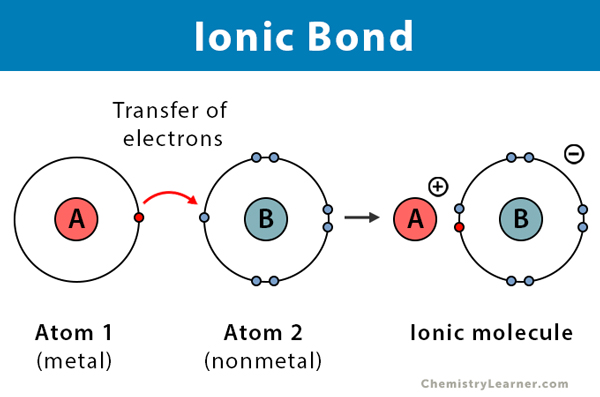
Ionic Bond Facts Definition Properties Examples Diagrams
Properties Octet Rule Types of Covalent Bond Polarization of Covalent Bond Covalent vs Ionic Bonds Solved Examples What Is Covalent Bond Elements having very high ionisation energies are incapable of transferring electrons and elements having very low electron affinity cannot take up electrons
In proposing his theory that octets can be completed by two atoms sharing electron pairs Lewis provided scientists with the first description of covalent bonding In this section we expand on this and describe some of the properties of covalent bonds
We've now piqued your curiosity about Characteristics Of Ionic Bonds And Covalent Bonds and other printables, let's discover where they are hidden gems:
1. Online Repositories
- Websites such as Pinterest, Canva, and Etsy provide a wide selection of printables that are free for a variety of applications.
- Explore categories like decorations for the home, education and crafting, and organization.
2. Educational Platforms
- Educational websites and forums often provide free printable worksheets Flashcards, worksheets, and other educational tools.
- Ideal for parents, teachers as well as students who require additional sources.
3. Creative Blogs
- Many bloggers are willing to share their original designs and templates at no cost.
- The blogs are a vast selection of subjects, everything from DIY projects to party planning.
Maximizing Characteristics Of Ionic Bonds And Covalent Bonds
Here are some inventive ways for you to get the best use of printables for free:
1. Home Decor
- Print and frame stunning images, quotes, or other seasonal decorations to fill your living areas.
2. Education
- Print free worksheets to aid in learning at your home (or in the learning environment).
3. Event Planning
- Design invitations and banners as well as decorations for special occasions such as weddings, birthdays, and other special occasions.
4. Organization
- Make sure you are organized with printable calendars with to-do lists, planners, and meal planners.
Conclusion
Characteristics Of Ionic Bonds And Covalent Bonds are a treasure trove filled with creative and practical information for a variety of needs and pursuits. Their availability and versatility make them an invaluable addition to both professional and personal life. Explore the many options that is Characteristics Of Ionic Bonds And Covalent Bonds today, and discover new possibilities!
Frequently Asked Questions (FAQs)
-
Are Characteristics Of Ionic Bonds And Covalent Bonds really free?
- Yes they are! You can print and download these documents for free.
-
Do I have the right to use free printables for commercial purposes?
- It depends on the specific terms of use. Make sure you read the guidelines for the creator before using printables for commercial projects.
-
Do you have any copyright violations with Characteristics Of Ionic Bonds And Covalent Bonds?
- Some printables may have restrictions on usage. Make sure you read the terms and regulations provided by the designer.
-
How can I print Characteristics Of Ionic Bonds And Covalent Bonds?
- Print them at home with either a printer or go to an in-store print shop to get the highest quality prints.
-
What program do I require to view printables at no cost?
- A majority of printed materials are in PDF format. They can be opened using free software such as Adobe Reader.
Difference Between Covalent And Ionic Bonds

Characteristics Of Covalent Bonds
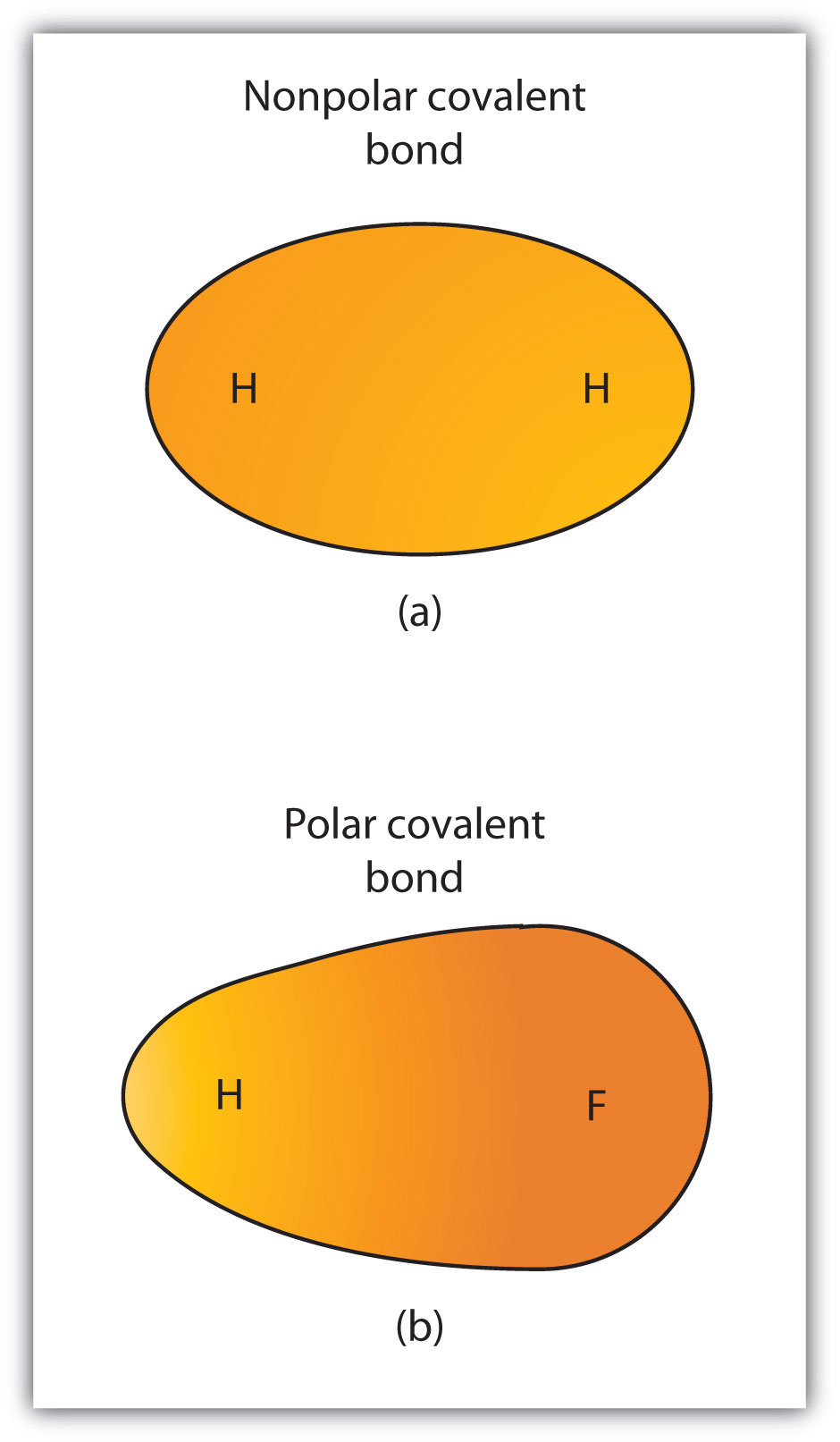
Check more sample of Characteristics Of Ionic Bonds And Covalent Bonds below
Examples Of Ionic Bonds And Compounds
2 Ionic And Covalent Bonds YouTube

Examples Of Ionic Bonds And Compounds
/ionic-bond-58fd4ea73df78ca1590682ad.jpg)
Ionic Bond Examples Biology Dictionary

Ionic Bonds Definition Chemistry Amashusho Images
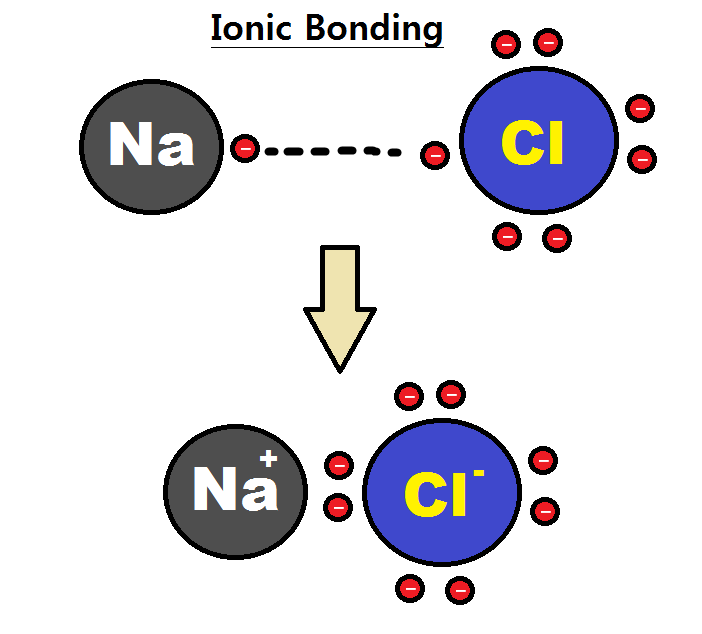
15 Major Difference Between Covalent And Ionic Bonds With Table Core
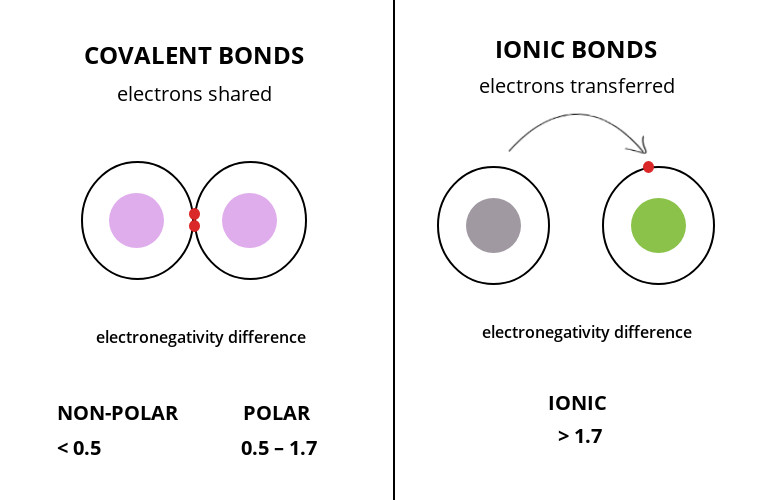

https://www. thoughtco.com /ionic-and-covalent...
Key Points The two main types of chemical bonds are ionic and covalent bonds An ionic bond essentially donates an electron to the other atom participating in the bond while electrons in a covalent bond are shared equally between the atoms The only pure covalent bonds occur between identical atoms

https:// chem.libretexts.org /Courses/Mount_Aloysius...
Any covalent bond between atoms of different elements is a polar bond but the degree of polarity varies widely Some bonds between different elements are only minimally polar while others are strongly polar Ionic bonds can be considered the ultimate in polarity with electrons being transferred rather than shared
Key Points The two main types of chemical bonds are ionic and covalent bonds An ionic bond essentially donates an electron to the other atom participating in the bond while electrons in a covalent bond are shared equally between the atoms The only pure covalent bonds occur between identical atoms
Any covalent bond between atoms of different elements is a polar bond but the degree of polarity varies widely Some bonds between different elements are only minimally polar while others are strongly polar Ionic bonds can be considered the ultimate in polarity with electrons being transferred rather than shared

Ionic Bond Examples Biology Dictionary

2 Ionic And Covalent Bonds YouTube

Ionic Bonds Definition Chemistry Amashusho Images

15 Major Difference Between Covalent And Ionic Bonds With Table Core

Hindi Chemical Bonding Easy Explain With Animation Ionic Bond
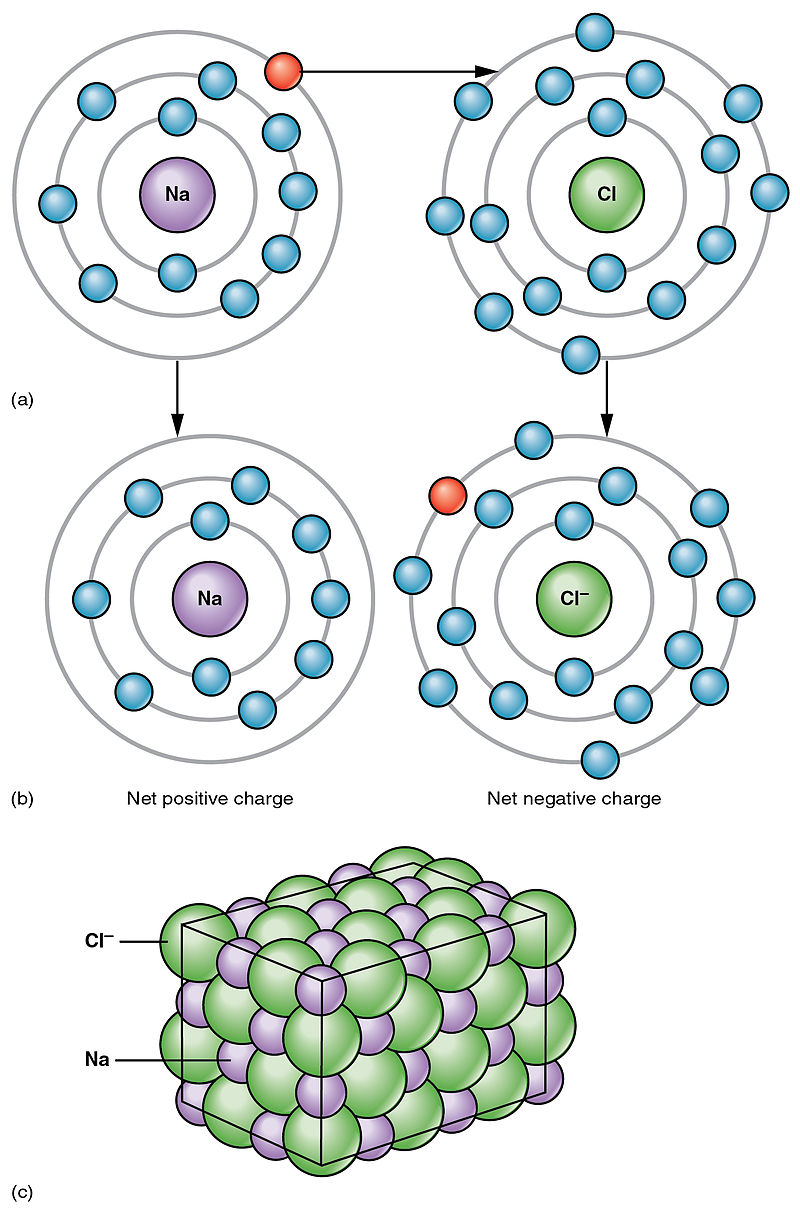
Difference Between Covalent And Ionic Bonds

Difference Between Covalent And Ionic Bonds
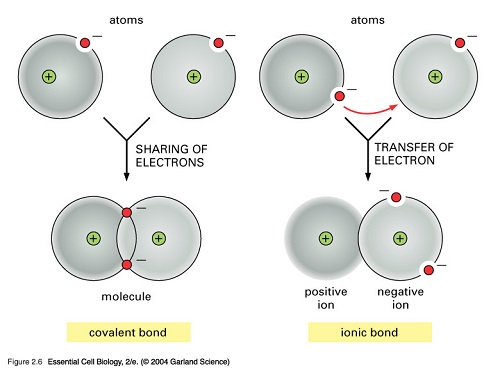
Similarities Between Ionic Bonds And Covalent Bonds KnowsWhy